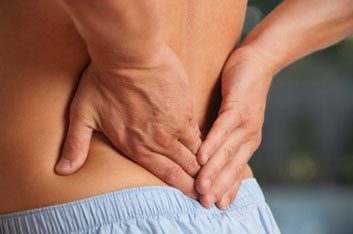
The truth about back pain
Maybe you’ve heard the joke that there are two kinds of people – those who already have lower back pain and those who will. But it’s no laughing matter for those who suffer debilitating muscle ache, shooting pains or an inability to stand upright comfortably, whether their back pain lasts for a few days or many weeks at a time. Keep reading to find out about some common back pain myths.
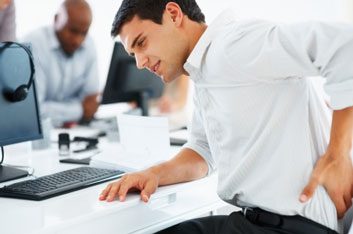
Myth 1: Something you did at one time caused the pain
While lifting something too heavy or a slip-and-fall accident could be the culprit, disk degeneration from small micro-tears that go unnoticed over time could be the real cause. Spinal disks are like small jelly donuts – cushions of collagen and water sandwiched between the vertebrae of your spine to help it move.
A herniated disk or ‘slipped’ disk causes pain and inflammation when it bulges out and presses on a nearby nerve root. When a disk ruptures, fluid leaks out, putting pressure on nerve endings in the lower back. Click the link to watch a video of Dr. Mark Kubert, a chiropractor in Guelph, Ontario explaining how disk damage happens.

Myth 2: Bed rest is the best treatment to heal lower back pain
Bed rest is no longer recommended. Back pain gets worse as the muscles tighten in response to an injury, and lying down makes them tighten more, continuing the cycle of pain. If you are in severe pain while sitting or standing, limit bed rest during the day to a few hours and only for a couple of days. See your family doctor to learn what’s causing your particular lower back pain and consult with a chiropractor or physical therapist to develop a safe stretching and strengthening program to heal and protect your back.

Myth 3: You should strengthen your core muscles by doing sit-ups and back extensions
Surprise! Those are among the worst exercises you can do as they can actually do more damage. “People are well intentioned when they want to help their backs get better, but when they do traditional core exercises like sit-ups, crunches and back extensions, they are putting tremendous pressure on their disks, which can exacerbate a problem that’s already there, or cause a new problem to happen,” says Dr. Kubert.
Ideal core exercises involve keeping your spine in a neutral position. “Don’t suck in your abdominal muscles and don’t stick them out. Brace them like you would when you clear your throat or cough. That will give you the type of muscle activation that will give you the best advantage to help you keep your spine stable in everyday life,” says Dr. Kubert. He recommends these healthy core exercises: the glute bridge; the bird dog; the side bridge and the one-legged curl-up.
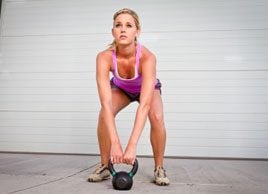
Myth 4: You should bend your knees when you lift something heavy
“Proper lifting mechanics require you to actually lift with the hips, not with the knees, otherwise you will just end up with knee arthritis,” says Stuart McGill, professor of spine biomechanics and chair of the department of kinesiology at the University of Waterloo.
When lifting something heavy, you should try to disperse the weight throughout all of the muscles of the body. It’s important to contract your abdominals throughout the lift and keep the object as close to your body as possible, lifting from the hips. If you only need to pick up something small, use a golfer’s lift: keep your back straight and bend down from the hip with one leg out behind you for balance.
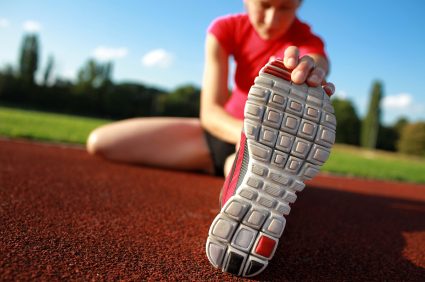
Myth 5: You need to increase flexibility to protect your back
“Statistically, those who have more range of motion in their back have a greater risk of back disorders in the future, so having a flexible back is not protective, in fact, it’s the opposite,” says McGill. Muscles in your arms and legs are designed for movement, but the structure of the spine and skeletal muscles are different; they are designed to provide stability.
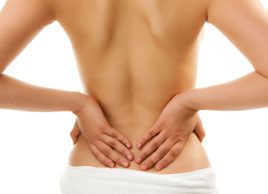
Myth 6: You should use a back belt to lift heavy objects
Back belts, sometimes used by weight lifters or airline baggage handlers, do not reduce back injuries. The U.S. National Institute of Occupational Safety and Health (NIOSH) states that there is no scientific evidence to support claims that back belts lessen the load on the spine or reduce injuries. In fact, they may actually cause harm by providing a false sense of security.
Related:
• 5 ways to relieve back pain
• 4 core exercises that don’t involve plank
• Back Pain
